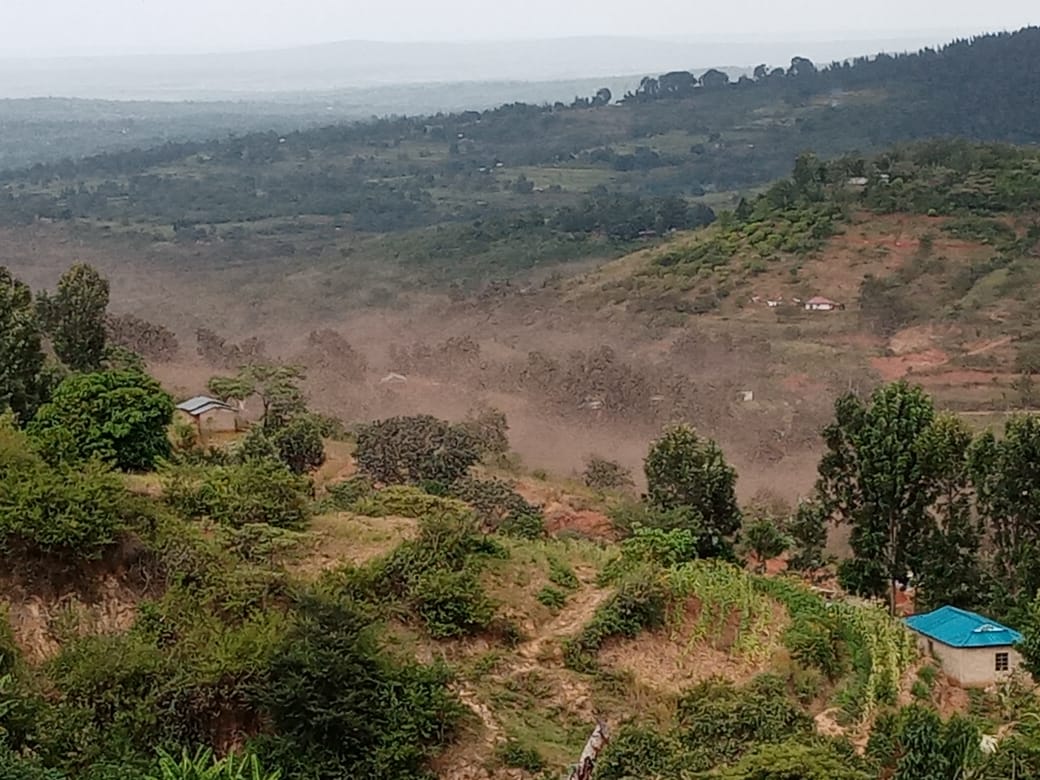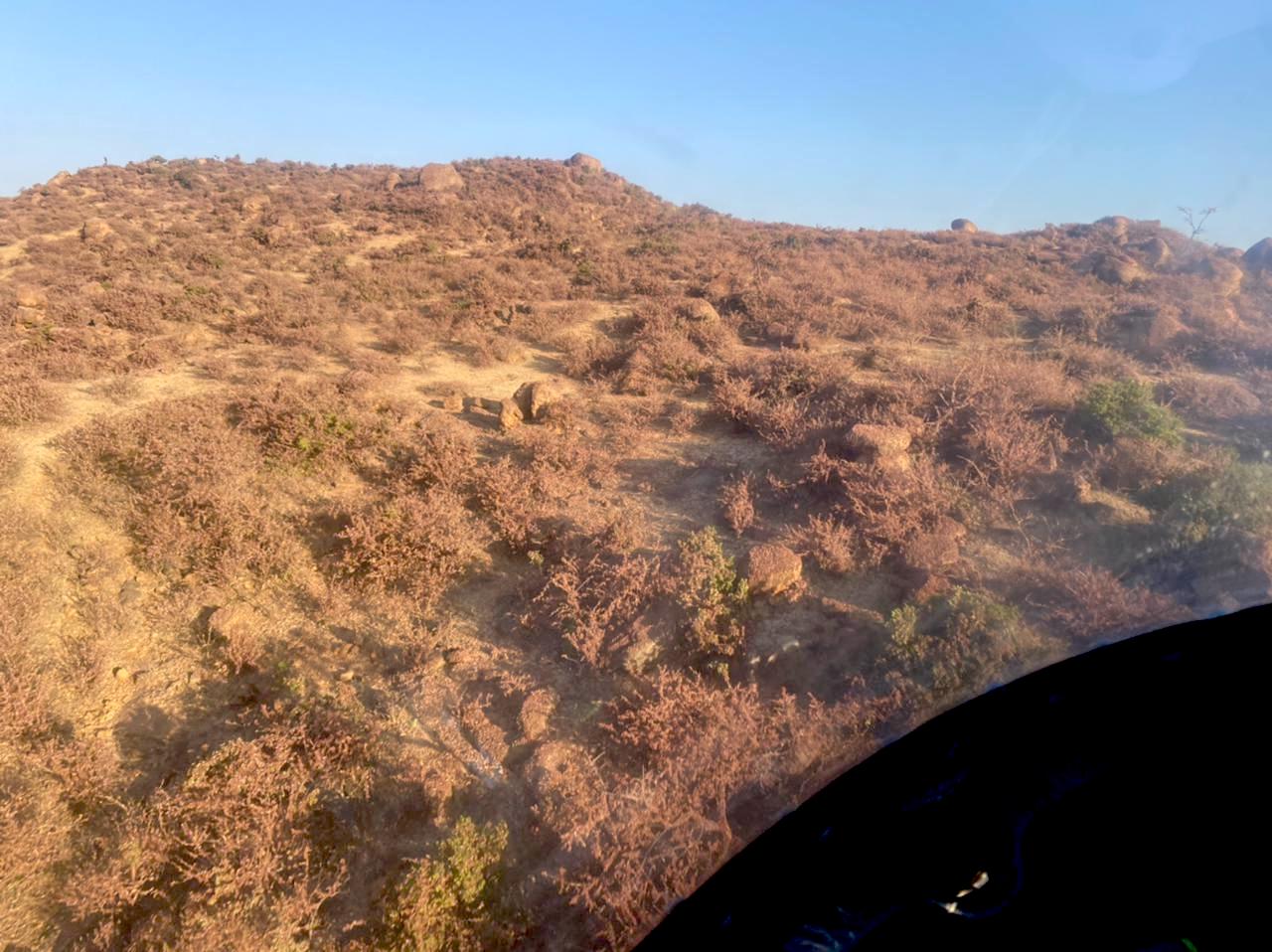|
| |
Desert Locust Situation Update 16 February 2021

New swarms form in northern Somalia
In Somalia, new immature swarms continue to slowly form from breeding in the northeast (Puntland) where hopper bands persist near the coast. A similar situation is likely to be in progress along the northwest (Somaliland) coast as at least one immature swarm was seen on the escarpment. More swarms are expected to form this month in both areas and disperse along the northern plateau, drifting west towards Aysha district (Somali region) in eastern Ethiopia.
In Kenya, numerous small immature swarms persist in northern and central counties. While swarms arriving from Ethiopia and Somalia have declined, the highly mobile swarms present in Kenya are often seen many times, leading to multiple reports of the same swarm. Nevertheless, the number of swarms is declining as swarms have been reported during the past few days in 11 counties (Wajir, Marsabit, Samburu, Baringo, Meru, Tharaka-Nithi, Embu, Kitui, Machakos, Makueni, Nyandarua) compared to 15 counties last week.

In Ethiopia, immature swarms persist in Oromia (East Harerghe, Arsi, Bale, Borena) and SNNP (South Omo, Konso, Amaro, Derashi) regions, including southern areas of the Rift Valley.
Intensive ground and aerial control operations continue to make good progress in reducing the number of swarms in Kenya and Ethiopia, especially in the absence of significant rains that are required for maturation and breeding. In this way, spring breeding that is expected to occur from March to June is likely to be on a much-reduced level, considering that the latest precipitation predictions continue to call for unusually dry conditions.
In Yemen, locust numbers remain low along the Red Sea coastal plains where scattered adults are maturing and small-scale breeding may occur in localized areas of recent rainfall.
In Sudan, adults are forming a few small immature swarms on the southern coast of the Red Sea while small adult groups are forming in adjacent areas of Eritrea. In Saudi Arabia, hopper groups and bands are present along the Red Sea coast. Some immature adult groups and swarms have formed and are moving to the interior between Gassim and Hail where at least one group matured and was seen laying. Control operations continue in all three countries.
The situation remains calm in the other regions.
website link:
http://desertlocust-crc.org/Pages/Bulletin.aspx?DomainId=58&lang=EN&DId=0&I=0&CId=0&CMSId=800347
pdf version:
http://desertlocust-crc.org/Download.ashx?File=App_Uploads/Bulletins/Files/21021705162916022021.pdf

DLIS - 16, Feb 2021
|